Whether it be a post-workout drink or a breakfast replacement, the smoothie fad is quickly spreading, and may be here to stay. And while a smoothie used to be a simple mixture of frozen fruit and milk, the recipes we see today range from Green Smoothies to Red Velvet Cake Smoothies (i.e. glorified milkshakes).
We assume that any and all smoothies are packed with healthy supplements, but oh, are we wrong. While many think that drinking smoothies always leads to desired results, the shocking reality is that — you should probably sit down for this — your smoothie may not be so healthy after all. Many people do not know that these five things are contributing to your accidentally guzzling unhealthy smoothies.
1. Lack of Portion Control
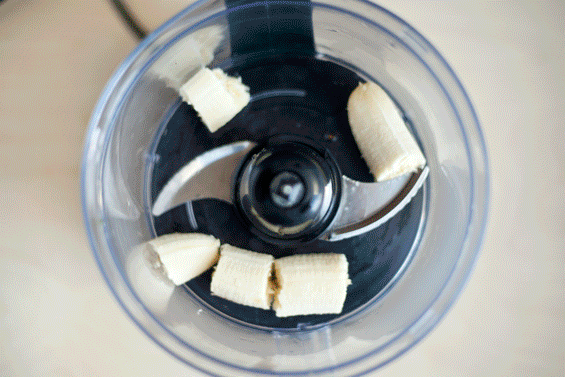
Gif courtesy of giphy.com
First, just think about how much goes in a typical smoothie. A banana, apple, cup of yogurt, cup of milk, cup of spinach, and a scoop of protein powder can make up the calories of one meal. The brain can be tricked by the smoothie’s deceiving liquid form, leading to over consumption.
It is suggested that we eat four servings of fruit per day that vary in colors and nutrients. One serving can take many forms, such as one medium fruit, 1/4 cup of dried fruit, or 1/2 cup of frozen fruit, meaning that your single morning smoothie could put you way over the daily recommended intake of fruit.
2. Not Using Foods Rich in Fiber
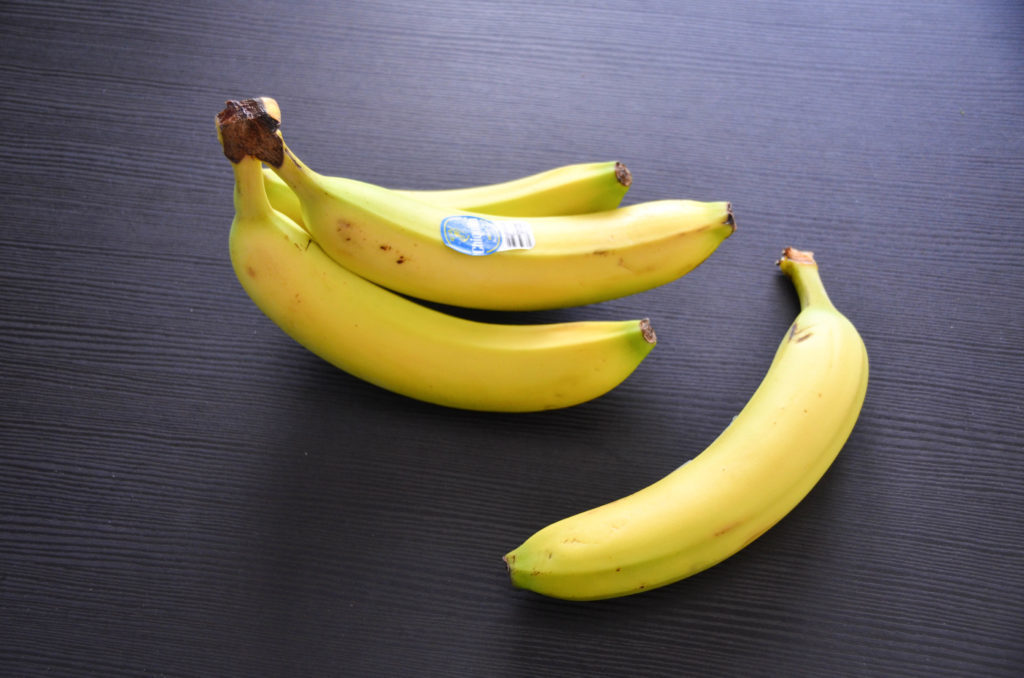
Photo by Jocelyn Hsu
Another way to boost your smoothie benefits is to add a healthy dose of fiber. Although there is still controversy on whether large amounts of dietary fiber can aid in weight loss, many studies support that fiber keeps you fuller longer, thus, you snack less between meals. A suggested 30 grams of fiber per day is substantial for a healthy diet, so try to include at least 10 grams or more in each smoothie.
3. Not Adding Enough Protein
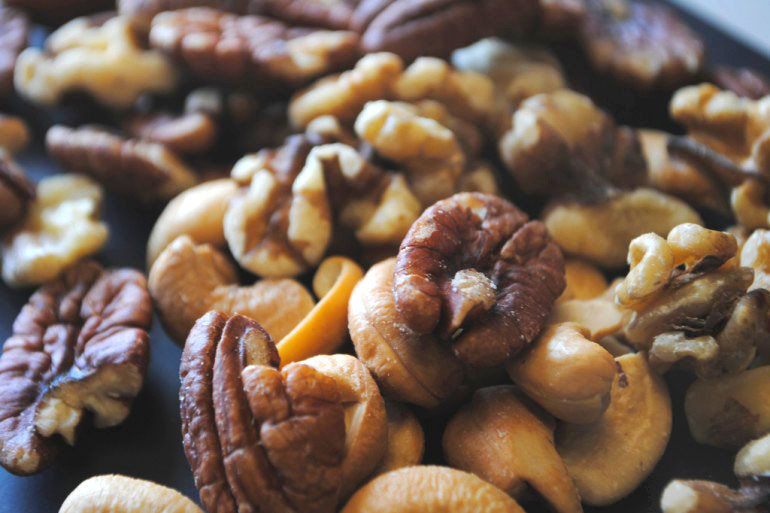
Photo by Bari Blanga
Protein is also extremely important for your body because it supplies sustainable energy, relieving your temptation to munch on empty calories. Protein is extremely important if your smoothie is a post-workout regimen, because protein helps restore muscle tissue, too. It is suggested that we consume 46 grams for woman and 56 grams for men per day. Bananas, leafy greens, avocado, kiwi, and even flax meal are all great sources of protein, as well as high in fiber.
4. Adding Excess Sugars
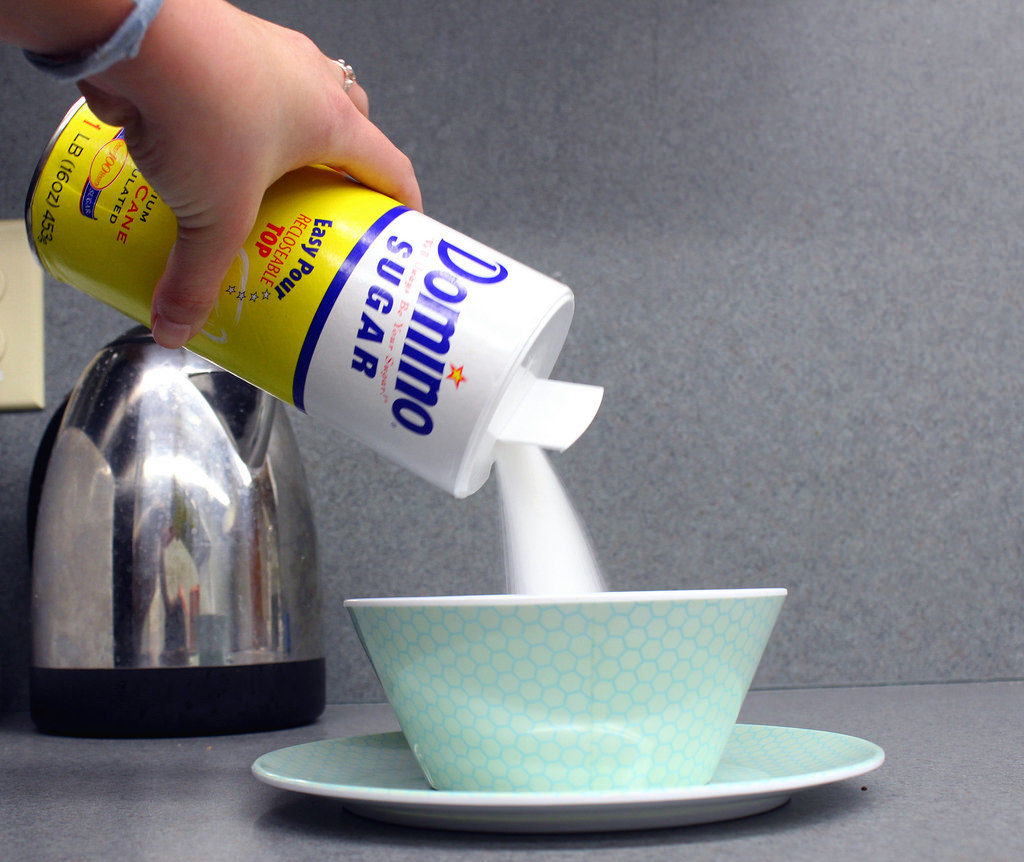
Photo by Katie Walsh
Above all else, avoid adding sweeteners to your smoothies. Juices, ice creams, and full-fat milks might add cream or flavor, but are also a source of unwanted sugars and calories. Not to mention that studies have found traces of chalk and pus in full-fat store bought milks, too (ew).
The same applies to honey. Although it is a natural substance, it can pile on an additional 64 calories per serving to your smoothie. Embrace the natural sugars from yummy fruits or almond milk instead. With only 30 calories per serving, almond milk is a much better swap.
5. Buying Low-Quality Ingredients
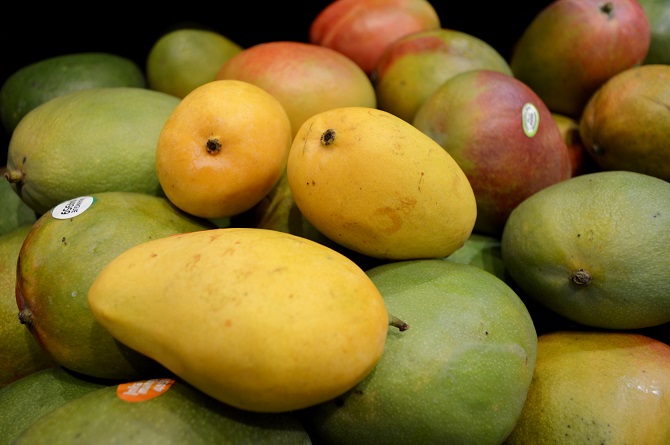
Photo by Cherie Mak
Last, but certainly not least, the biggest smoothie faux pa is purchasing low-quality ingredients. Cheaper does not mean better. It is no surprise that less healthy ingredients, such as canned pineapple juice, for instance, cost less than a fresh pineapple would, but what’s the trade off? Hidden in a can of pineapple juice that claims to be 100% juice, is heavy corn syrup and juice from concentrate—not so fresh after all.
The same goes for purchasing high-quality greens. Cheap superfoods are cheap for a reason; they have added fillers to make more product for less money. When buying ingredients for your smoothie, don’t feel guilty about getting the freshest and healthiest ingredients. What you put in is what you put out, so don’t skimp on the ingredient quality.
Next time you’re making a smoothie, make sure you’re portioning your ingredients, preferably ones that are high in fiber and protein and low in sugar. Spend the extra money on ingredients that will truly benefit your health, and most of all make sure the smoothie you’re drinking is yummy, too. Otherwise, what’s the point of drinking smoothies at all?


